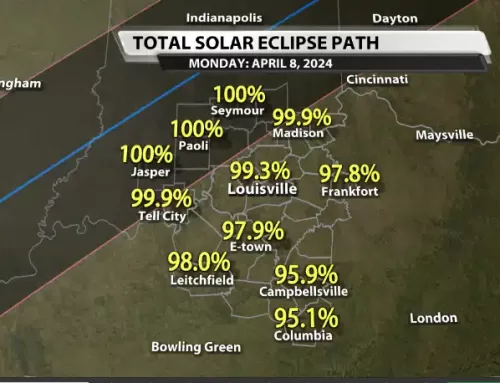By: Val Servino
U of L students in preparation to provide service in the Philippines’ province of Cebu this December will still be making the trip, despite the recent supertyphoon in the area.
As part of the University of Louisville’s International Service Learning Program, students will be traveling to the city of Cebu to educate students in four local villages on topics that in the past have ranged from bullying to water purification. The program will run from Dec. 6 to 16.
“The students within ISLP Cebu have committed themselves to working with four barangay, or local areas, of Cebu City…the work is really directly inside the high schools of those four communities, not necessarily providing relief or shelter, or any type of relief or shelter support for other individuals in the community,” said Vice President of Student Affairs Tom Jackson.
There will also be opportunities for students to learn local culture and history, such as excursions to Magellan’s Cross and a Taoist temple, as well as group sailing and beach trips.
Since the original intent of the trip was service, and Cebu City carries little to no damage, the program is set to continue. Senior psychology major and program attendee Cheraye Durr explained, “When the typhoon hit, it just gave me more motivation to go.”
Jackson continued, “We, as the University, are without question concerned for all the people that are over there but we also know that there is a good amount of distance between where the typhoon hit Cebu Island and where Cebu City is located.
So everyday we’re in consultation with our friends and colleagues in Cebu City and Cebu Island and from the beginning they’ve confirmed to us directly that it was as if the typhoon didn’t hit…The city of Cebu is in full operation…The power’s on, the water’s never left. That was the second day that we asked. Now we’re a week ahead, so you can only imagine a month from now.”
A low pressure area began to form in the western Pacific Ocean, east of Micronesia, on Nov. 2. 24 hours later a typhoon warning was raised. On Nov. 8, the storm touched down on the Eastern Samar province of the Philippines. The typhoon, at this point referred to as supertyphoon Haiyan, or its local name Yolanda, recorded wind gusts of up to 170 miles per hour.
Haiyan eventually weakened, hovering over the South China Sea until its dissipation. The death toll as reported on Nov. 15 is 3,621 people, more than a thousand higher than the estimated 2,500 deaths as stated by Philippine President Benigno Aquino III. An additional 673,000 are believed to have been displaced and another 11 million affected, according to the United Nations.
While a majority of the impact was felt in the Eastern Visayas region of the nation, Yolanda hit the far reaches of the islands. Cebu, a province in Central Visayas, is approximately 249 miles from Eastern Samar. As survivors from every corner of the Republic make the journey to Cebu Island, they find that the typhoon had a great physical impact but left most all residents with their lives. The damage is concentrated in the northern tip of the province.
Jackson said, “Cebu City is the third biggest city in the Philippines, and while there are people coming into the town, there is more than enough support within Cebu City, with or without us being there. Our primary focus is serving the kids that we’ve served the past four years.”





